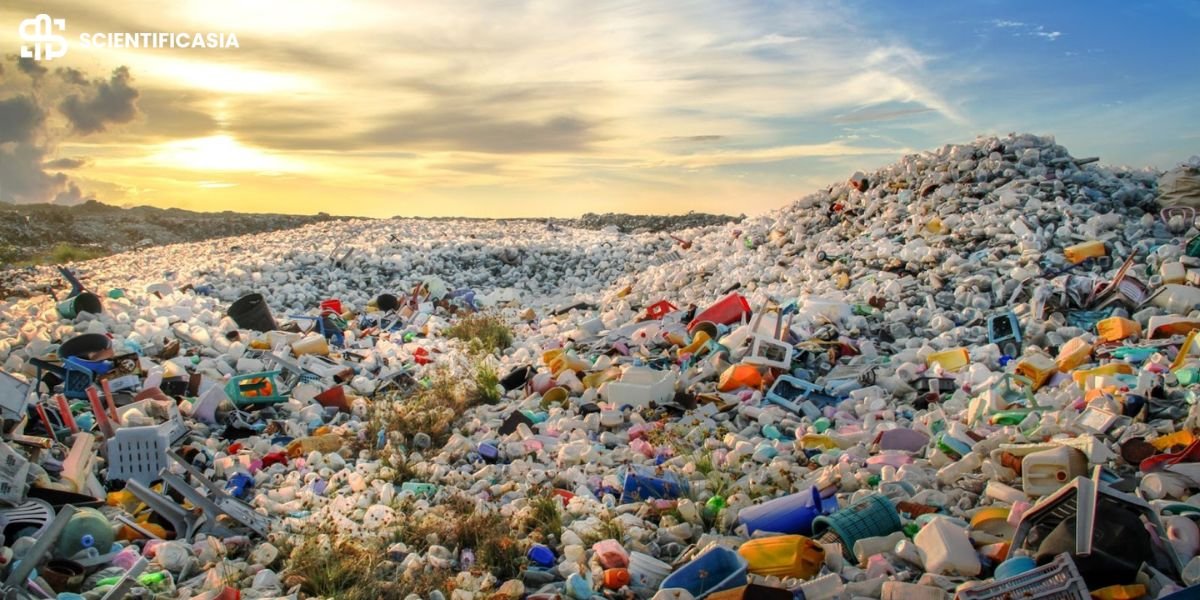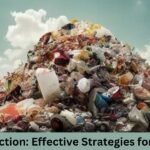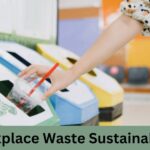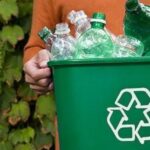Plastic contamination has become one of the most squeezing natural difficulties in recent memory. Since millions of tons of plastic waste are produced annually, innovative solutions are required to address this crisis. The idea of plastic credits is one such remedy. While generally new, this component has gained momentum as a method for moderating the effect of plastic waste. The following are five vital things you ought to be familiar with plastic credits:
1. What Are Plastic Credits?
To promote the decrease of plastic waste in the environment, a system known as plastic credits was developed on a market basis. A certain quantity of plastic waste that has been gathered, recycled, or otherwise kept out of the environment is covered by each plastic credit. Like carbon credits, companies may acquire these credits to offset their plastic footprint.
The idea behind plastic credits is to provide enterprises with a financial incentive to invest in initiatives that manage plastic trash. This might mean doing projects like building recycling centers, improving waste collection systems, or helping out nearby communities that handle waste management. By obtaining plastic credits, businesses may claim to offset their plastic usage and support more general environmental goals.
2. Purpose and Benefits
The primary aim of plastic credits is to address the growing issue of plastic pollution. Here are some key benefits:
Protection of the Environment: Plastic credits aid in preventing plastics from entering the environment by encouraging the construction of a workable infrastructure for recycling and collecting plastic trash. As a result, less plastic wastes find their way into the ocean, landfills, and other environmental spaces.
Health Risk Mitigation: We can decrease the health risks related to plastic pollution by employing plastic credits and effective waste management. This is particularly crucial in areas with inadequate infrastructure for trash management and significant health hazards for informal waste collectors.
Corporate Stewardship: Plastic credits give companies a way to fulfill their goals on sustainability. When paired with upstream tactics like cutting plastic consumption and rethinking goods, plastic credits can help firms achieve a more thorough approach to plastic stewardship.
Support for Global Arrangements: Plastic credits align with several national systems and global strategy tools aimed at advancing waste management practices. Because of this, their use will be very beneficial to the worldwide effort to prevent plastic pollution.
3. Quality Assurance and Standards
Ensuring the integrity and effectiveness of plastic credits is crucial. Programs like Verra’s Plastic Waste Reduction Standard set rigorous quality assurance principles to maintain transparency and impact. Here are some key elements:
Development and Governance: A multi-stakeholder process developed the Plastic Standard over several years, involving public consultations and expert input. This ensures that the standards are robust and widely accepted.
Third-Party Verification: Projects that want to issue plastic credits must have their compliance with the program’s requirements checked by independent third-party auditors. This approval interaction guarantees that the tasks convey genuine, quantifiable ecological advantages.
No Transboundary Movement: Projects must ensure plastic waste management within the country of origin rather than their transportation across borders. It aims to avoid illegal dumping and other environmental issues to comply with international regulations like the Basel Convention.
Social Protections: Plastic credit projects frequently include social protections to safeguard and enhance the livelihoods of waste collectors, particularly in developing regions. This incorporates fair wages, safe working circumstances, and regard for common freedoms.
4. Potential for Greenwashing
Although utilizing plastic credits has several benefits, there is a big chance of abuse and greenwashing. When companies utilize plastic credits to appear environmentally conscious without taking concrete steps to cut back on their overall plastic usage, this is known as “greenwashing.” Among the many issues are:
Absence of Industry Guidelines: There is presently no all-around acknowledged norm for plastic credits, prompting conflicting definitions and applications. This can sabotage the believability of plastic crediting plans.
Focus on Offsetting Rather Than Reduction: Companies may be distracted from the more significant task of reducing plastic production and consumption by relying on plastic credits, according to critics. Counterbalancing alone can’t tackle the plastic emergency. It should be essential for a more extensive procedure that incorporates source decrease and reusing.
Hazard of Twofold Counting: Without severe oversight, there is a gamble that similar plastic waste could be counted on different occasions, reducing the genuine effect of the credits. To avoid such issues, transparency and consistent reporting are essential.
5. Long-Term Sustainability
Plastic credits are temporary devices instead of a drawn-out arrangement. Some things to think about:
Driving Ventures: Plastic credits can drive fundamental interests into squandering the board foundation, particularly in areas lacking proper reusing frameworks. The benefits of circular economy in which plastic waste is minimized and recycled effectively may benefit from this. The advantages of the circular economy include increased resource efficiency and economic growth through the development of new employment and business possibilities. It also includes major environmental benefits including lower energy and greenhouse gas emissions.
Complementary Action: Plastic credits are a useful tool for trash management. But they work best when combined with other tactics like encouraging the use of reusable items, cutting back on the manufacture of plastic, and supporting environmentally friendly product design. For long-term viability, an extensive strategy is necessary.
Community Benefits: Properly implemented plastic credit projects can benefit local communities on a social and economic level. This incorporates setting out work open doors, working on general well-being, and supporting nearby organizations engaged with squandering the executives.
Conclusion
One creative solution to the global plastic pollution problem is using plastic credits. Plastic credits can assist in lowering the amount of plastic waste that enters the environment. It offers financial incentives to companies that take part in waste management programs. However, for these credits to be effective, they must be part of a larger, well-coordinated process. This includes reducing the production of plastic, expanding the development of innovative reuse technologies, and promoting sensible habits throughout all endeavors.
While there are difficulties and dangers related to plastic credits, especially regarding potential greenwashing and the absence of normalized definitions. We cannot disregard their part in driving essential speculations and supporting worldwide maintainability objectives. To guarantee their efficiency and credibility, it will be essential to establish robust standards and transparent procedures as the market for plastic credits continues to develop.
Read more:
Transforming Workspaces: The Impact Of Professional Cleaning Services











